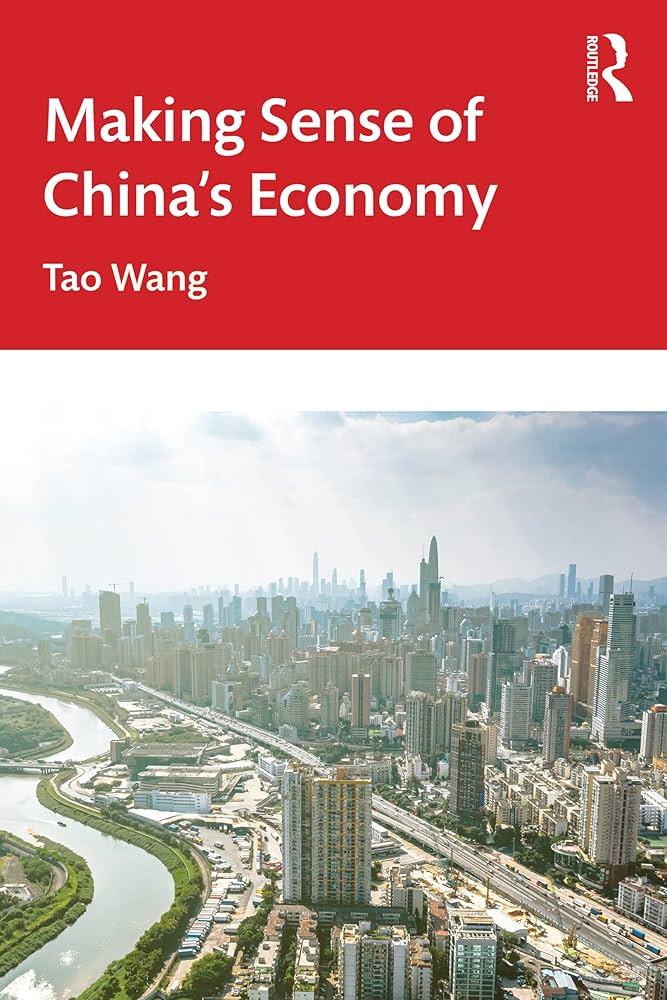China’s economy, long hailed as a global powerhouse, now faces a series of complex challenges that could shape its trajectory in the coming years. A recent analysis by Bruegel highlights ten critical obstacles confronting the world’s second-largest economy, from structural shifts and demographic pressures to geopolitical tensions and technological transformation. As policymakers grapple with these multifaceted issues, understanding the scale and implications of these hurdles is essential for investors, businesses, and observers worldwide. This article delves into the key challenges identified by Bruegel, offering a comprehensive overview of the economic landscape in contemporary China.
Economic slowdown and demographic shifts strain growth prospects
China’s once robust economic engine is showing signs of strain as the combined effects of slowing growth and a rapidly aging population cast long shadows over its future prospects. The country’s working-age population has begun to shrink, creating a tighter labor market and driving up costs for businesses that previously thrived on abundant and affordable human resources. This demographic challenge is compounded by sluggish consumer demand, as households grow more cautious amid economic uncertainty. Together, these factors have resulted in a significant recalibration of growth expectations, forcing policymakers to rethink traditional development models based heavily on investment and export-led expansion.
Addressing this complex scenario requires a multi-faceted approach, as the long-term impacts could reshape China’s economic landscape for decades to come. Key pressures include:
- Declining birth rates: Fewer young people entering the workforce limits innovation and productivity.
- Rising elderly dependency: Increased pension and healthcare costs strain public finances.
- Shifts in consumption patterns: Older demographics tend to save more and spend less, dampening domestic demand.
- Labor shortages in key industries: Particularly in manufacturing and construction sectors.
| Demographic Indicator | 2020 | 2030 (Projected) | Change (%) |
|---|---|---|---|
| Working-age Population (15-64 years) | 1.0 billion | 920 million | -8% |
| Population aged 65+ | 190 million | 320 million | +68% |
| Fertility Rate (children per woman) | 1.3 | 1.1 | -15% |
Addressing technological innovation gaps to sustain global competitiveness
China’s ambition to leapfrog into a high-tech economy is hindered by persistent innovation shortfalls, notably in core technologies such as semiconductors, artificial intelligence, and biotechnology. Despite robust investment in research and development, the gap between China and global leaders remains significant due to challenges in attracting and retaining world-class talent, fragmented innovation ecosystems, and limited intellectual property protection. These factors collectively restrain the country’s ability to convert scientific breakthroughs into market-ready technologies, undermining its global competitive edge.
Addressing these issues requires a multifaceted approach:
- Enhancing collaboration between private enterprises, universities, and government research institutions to create seamless innovation chains.
- Improving legal frameworks to safeguard intellectual property and encourage genuine technological advancement over imitation.
- Fostering a global talent pool by easing restrictions on foreign experts and promoting domestic education excellence.
- Increasing transparency in funding allocation and project selection to prioritize breakthrough research.
| Innovation Indicator | China | Global Leader Average |
|---|---|---|
| R&D Spending (% of GDP) | 2.4% | 3.1% |
| Patent Applications | 1.5M | 2.3M |
| STEM Graduates (per million) | 1,200 | 1,800 |
| AI Research Publications | 18,000 | 25,000 |
Policy reforms and strategic investments key to overcoming structural hurdles
China’s economic landscape is at a critical juncture, where overcoming deep-rooted structural challenges demands bold policy reforms coupled with targeted strategic investments. The government’s emphasis on liberalizing key sectors, improving the efficiency of state-owned enterprises, and fostering innovation ecosystems represents a crucial step toward sustainable growth. Crucial reforms include enhancing the financial sector’s transparency, reducing regulatory bottlenecks, and encouraging private sector participation to invigorate competition.
Strategic investments are equally vital to bolster infrastructure and technologies central to China’s ambition of becoming a global leader. Notably, the focus on renewable energy, digital infrastructure, and advanced manufacturing aims to address both economic resilience and environmental sustainability. The synergy of policy and investment efforts can be summarized as follows:
- Financial sector reform: Promoting market-driven credit allocation and risk management.
- Innovation funding: Boosting R&D through public-private partnerships.
- Green infrastructure: Expanding clean energy grids and electric vehicle networks.
- Urban-rural integration: Enhancing connectivity and social services in less developed regions.
| Investment Area | Primary Objective | Estimated 5-Year Budget (Billion USD) |
|---|---|---|
| Renewable Energy | Reduce carbon footprint | 350 |
| Digital Infrastructure | Expand 5G & AI capabilities | 220 |
| Advanced Manufacturing | Enhance productivity | 180 |
| Urban-Rural Connectivity | Balanced regional growth | 130 |
Insights and Conclusions
As China navigates a complex economic landscape marked by demographic shifts, rising debt, and evolving global dynamics, the challenges outlined by Bruegel underscore the critical juncture at which the world’s second-largest economy stands. How Beijing addresses these issues will not only shape its domestic growth trajectory but also have profound implications for global markets and geopolitics. Staying attuned to these developments will be essential for policymakers, investors, and analysts monitoring China’s evolving economic story.




